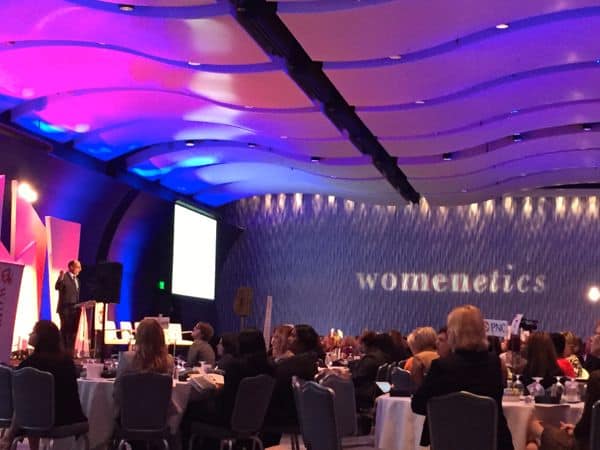Creating a Better Workplace for Women & Men: Global Women’s Initiative
When I was pregnant with my first child 20 years ago, I recall checking in with the HR director at my job, wanting to confirm the maternity leave policy. Her response to my ‘wonderful’ news: I should have checked with the company first.
Seriously.
She felt it was selfish to ‘go off and get pregnant’ when it might inconvenience the company. And she wasn’t joking when she told me I should have checked before making a baby.
I was married and figured the only person I needed to be on board with about a baby was my husband. She saw it differently.
She also didn’t have children. She had her job, her career, her life.
I loved my job, but I wanted more.
I wanted it all.
And I got it, and then some. Including the paid time off I had earned.
I doubt an HR director would say that same thing to a young woman in the workforce today. Things have changed quite a bit. Even men now get maternity time if they want it.
But that doesn’t mean those women aren’t treated differently after a baby enters the picture. Not every new mom returns to work, but those who do often struggle with stereotypes that companies—and colleagues—place on them.
There are people trying to change all that.
Redefining the workplace…creating an environment that works for men and women…was the focus of a recent day-long event in Atlanta hosted by Womenetics and its Global Women’s Initiative.
As a woman who worked full time even after her children were born, and rose to the top quite early (I was a News Director for a TV station at just 27 years of age…that was a big deal not just for a woman, but for anyone), I was intrigued by the discussions. I was the boss who had to plan around women who called in sick when the kids became ill at the last second, or showed up late because of some family emergency. I scrambled to fill their roles and know the domino effect caused by someone not filling their job obligations, no matter what the reason. I was also a single mom for several of those years and on more than one occasion, had to bring my child into the office with me because I had no one to help care for him during the latest news emergency (read here: hurricane after hurricane) that required my presence in the office around the clock for days. And yes, I was accused by others of being a bad mother for not having evacuated with him, despite the fact that this was my chosen profession and I had no family support in the region.
After more than 20 years in the industry, I chose to go part time with my television job a year ago, looking for that ‘balance’ that so many of us want to achieve of being a great parent and fulfilling our career goals. Even today, I dance in both worlds of those women who ‘work’ outside the home (or from home in my case) and those who are ‘stay at home moms’ who get little or no credit and certainly no paycheck for the job they do taking care of the family.
I see this argument from every perspective.
I know it’s going to take some great minds to come up with solutions that will work.
But the solutions do exist.
Leaders from around the country were part of panel discussions at the event, sharing ideas that worked in their companies and also pointing out the problems.
The most eye opening information, though, came from a man, Stefan Natella, of Credit Suisse, recapping a study that showed the value women have in the workplace. This senior management study includes the most up to date gender diversity statistics and analysis of women on all levels of business.
The findings: Companies with at least one female director return a compound 3.7% above their male counterparts.

As Natella explained, “It’s hard to say if women make better companies or better companies hire women”, but it’s clear by the study that having women in these management roles leads to more profitability.
However, when women are made to feel ‘less than’ because they take maternity leave, companies lose talent that they could hold on to if they could offer more balance, or flexibility.
Another interesting statistic: about 30% of women offramp within one to five years of having children. Quality childcare could be part of the issue, or difficulty juggling it all could be to blame, but panelists at the event explained that as long as false assumptions are made about those women, and conversation isn’t happening about their possible roles with the company after children, opportunities are lost.
One solution that was discussed including looking into more ROWE options: Results Only Work Environments. This is where employers look at the results, not the amount of time spent in the office. This could lead to more flexible working arrangements, which could help with the balance women are struggling to achieve. I’ve worked in this environment as part of a virtual company for more than 13 years now. It works.
As the employee, it was suggested that you be the person recommending the change, even on a trial basis if necessary. As one panelist made clear, if you’re great at your job, you can find solutions instead of quitting when you’re feeling overwhelmed.
With corporations starting to understand they count on women to improve their bottom line, it’s clear more and more conversations will be taking place to help hold on to that wealth of talent, and to recruit them back if they do take a few years off to ‘focus on the family’.

(Note to readers: I was a guest at this event thanks to the Everywhere Society. In exchange, I agreed to promote the event.)




